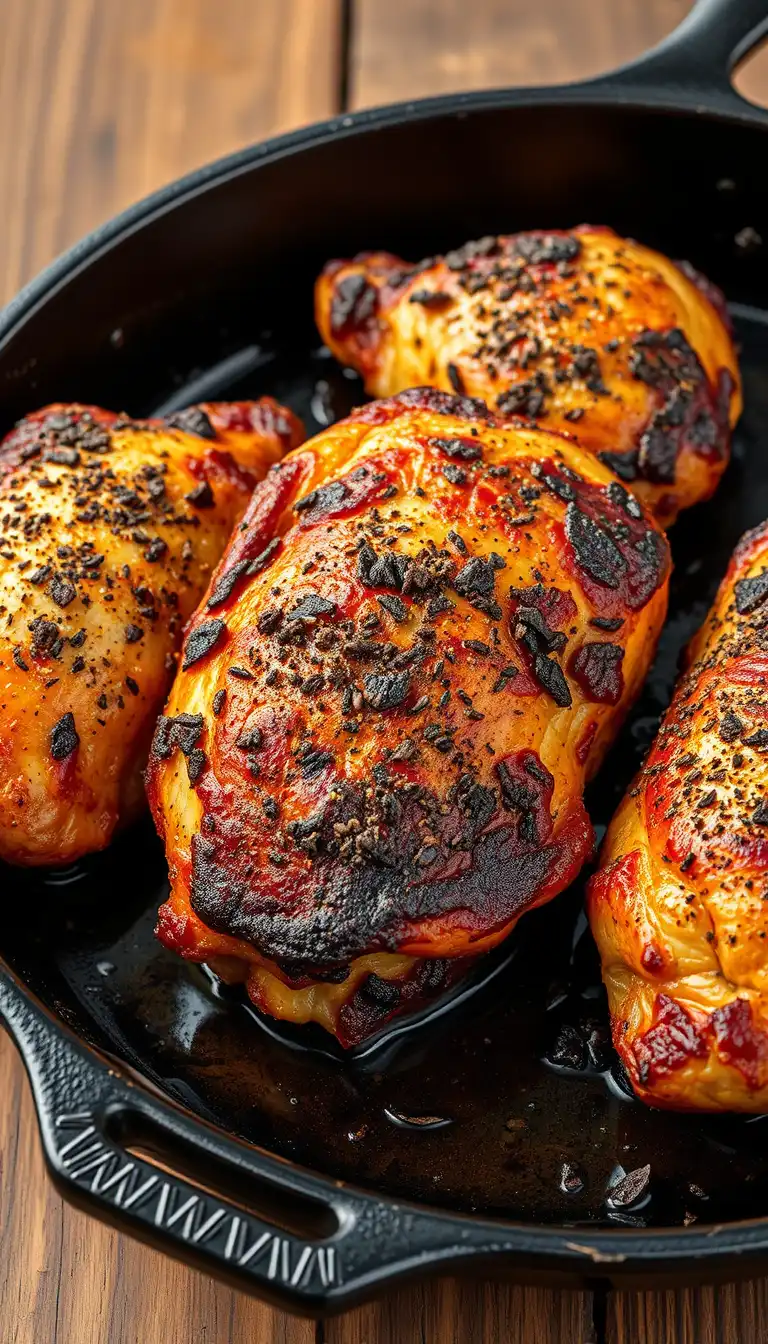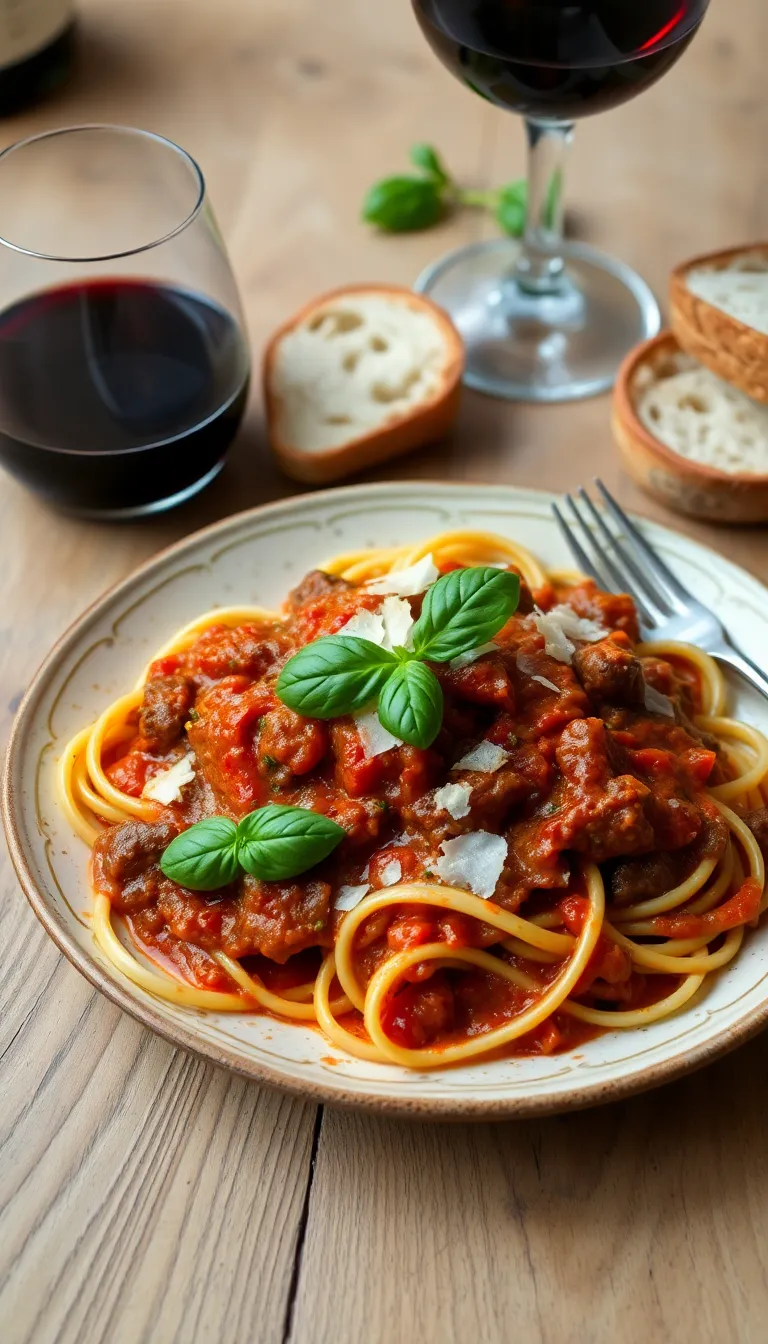Defrosting Pork Shoulder: Safe, Easy & Fast Methods Explained
Pork shoulder is a flavorful and versatile cut of meat, perfect for pulled pork, roasts, stews, and BBQ. But before you can work your magic in the kitchen or on the grill, you need to defrost it properly. If you’ve ever stared at a rock-hard pork shoulder wondering how to defrost it without ruining the meat or risking foodborne illness, you’re not alone.
In this comprehensive guide, we’ll walk you through everything you need to know about defrosting pork shoulder—including the safest methods, the fastest techniques, and expert tips to ensure your meal turns out juicy, tender, and delicious.
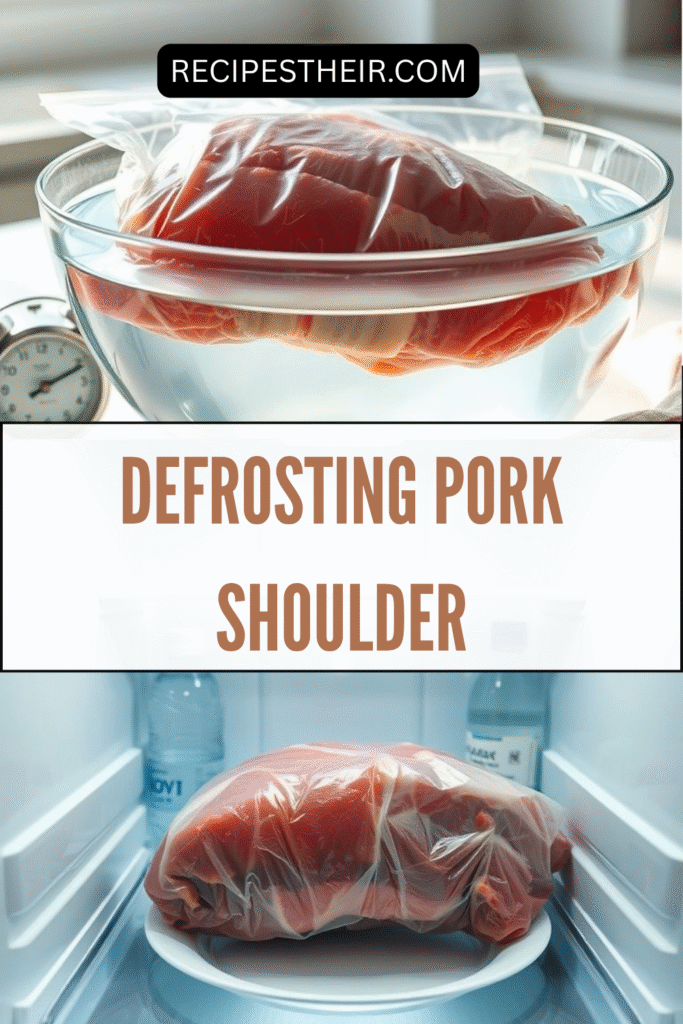
Why Properly Defrosting Pork Shoulder Matters
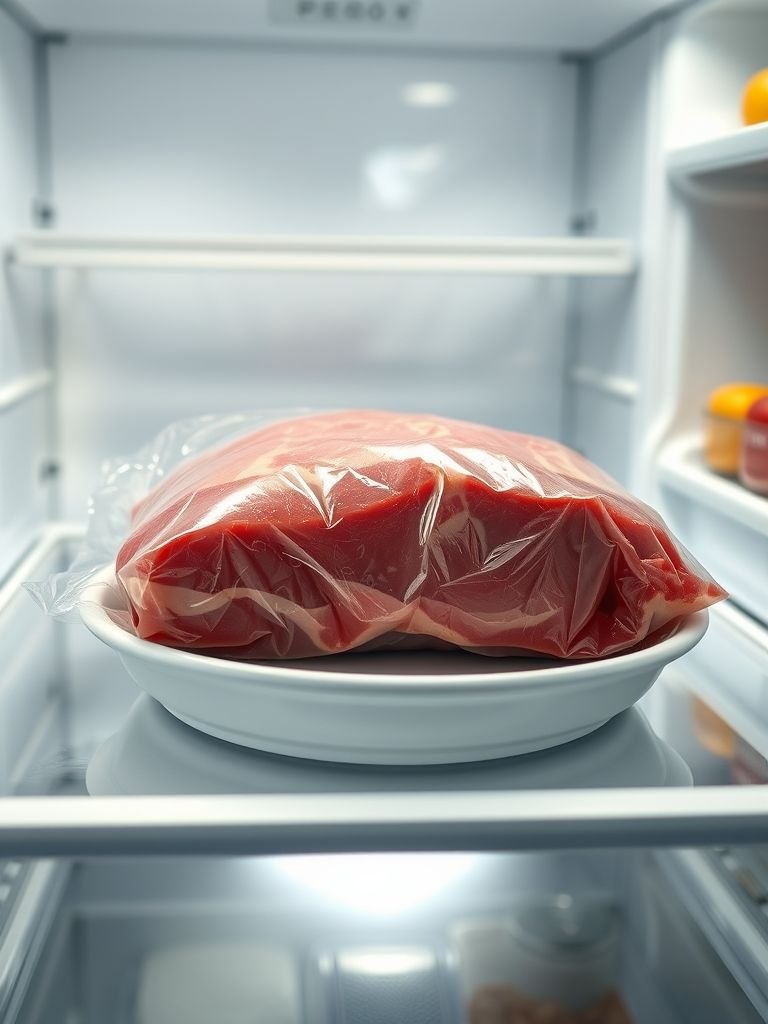
Defrosting pork shoulder safely is essential for two main reasons:
- Food Safety: Thawing at improper temperatures (like leaving it out on the counter) allows harmful bacteria to grow, increasing the risk of foodborne illnesses like salmonella or E. coli.
- Meat Quality: Improper thawing can affect the texture and flavor of the meat. You want a pork shoulder that’s evenly thawed, not one that’s half-frozen in the center and rubbery on the edges.
Best Methods for Defrosting Pork Shoulder

Let’s explore the top methods to safely and efficiently thaw your pork shoulder. Each has its pros and cons, so choose the one that works best for your timeline.
1. Refrigerator Method (Best & Safest Way)
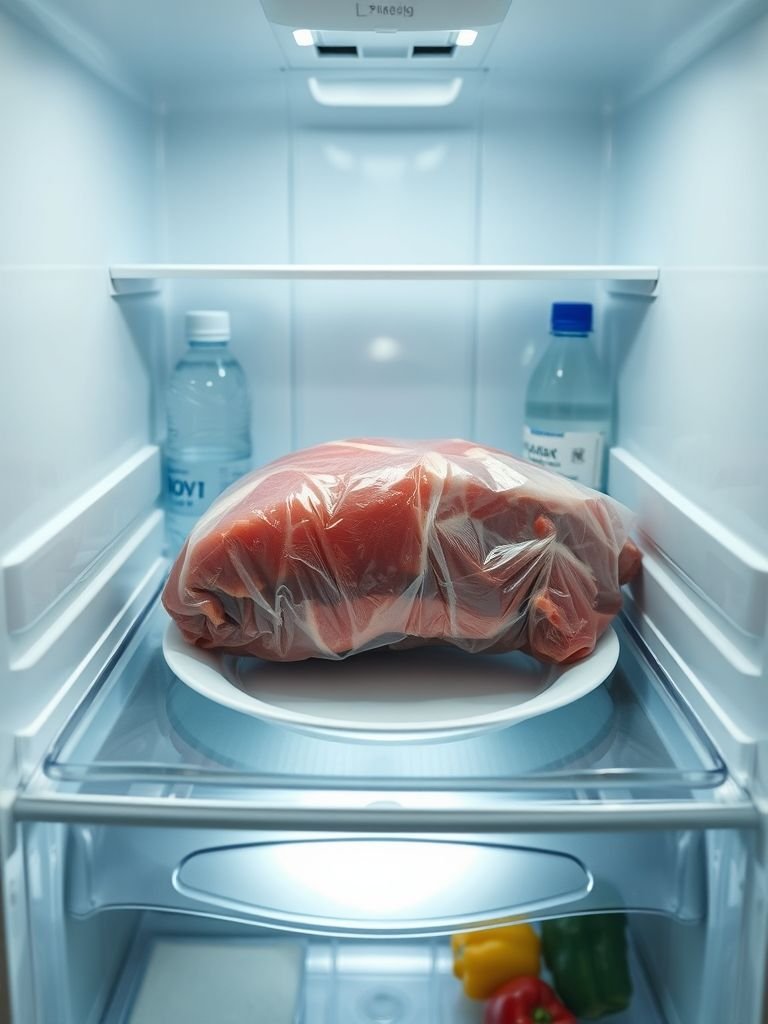
Time Required: 24 to 48 hours
Best For: Planning ahead, maintaining meat quality
Instructions:
- Keep the pork shoulder in its original vacuum-sealed packaging or place it in a leak-proof container.
- Place it on a tray or dish to catch any juices.
- Store it in the bottom shelf of your refrigerator.
- Allow roughly 5–7 hours per pound to thaw completely.
Why It’s Great:
This method keeps the meat at a safe, consistent temperature (below 40°F), reducing the risk of bacterial growth. It also preserves the texture and flavor best.
Pro Tip: If you’re not cooking it right after thawing, you can keep it in the fridge for another 2–3 days before use.
2. Cold Water Method (Faster Option)
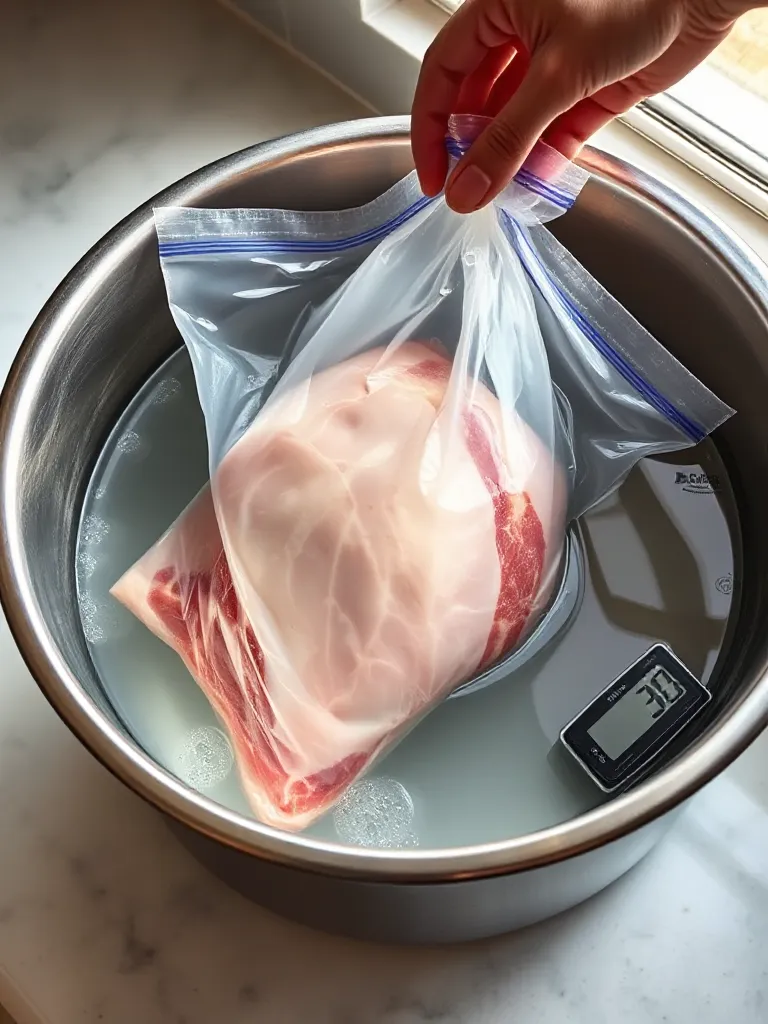
Time Required: 2 to 6 hours
Best For: Same-day cooking
Instructions:
- Keep the pork shoulder in airtight packaging or a sealed zip-top bag.
- Submerge it in a large bowl or clean sink full of cold tap water.
- Change the water every 30 minutes to keep it cold.
- Allow about 30 minutes per pound to thaw.
Why It Works:
This method speeds up thawing significantly while keeping the pork shoulder at a safe temperature.
Important: Cook immediately after thawing using this method—do not refreeze.
3. Microwave Method (Not Recommended for Large Cuts)
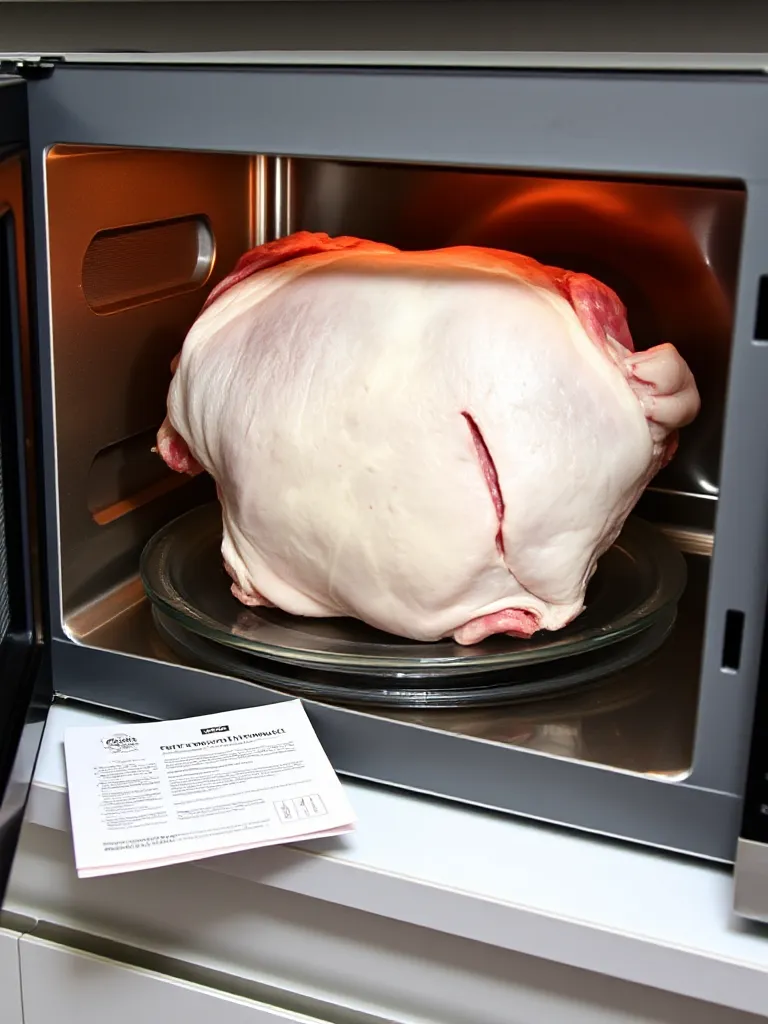
Time Required: 10 to 30 minutes (depending on size and microwave power)
Best For: Small pork shoulder portions
Instructions:
- Remove any metal ties or packaging.
- Use your microwave’s “defrost” setting (typically 30% power).
- Microwave in short intervals (5-10 minutes), flipping the meat frequently.
- Cook immediately after thawing.
Caution:
This method can lead to uneven thawing and may start cooking the meat, especially on the edges. Only use it as a last resort for smaller cuts.
How NOT to Defrost Pork Shoulder
Let’s be clear—some defrosting methods are unsafe and should be avoided:
- ❌ Do NOT leave it on the countertop.
Room temperatures are perfect for bacteria to thrive. - ❌ Do NOT use hot water.
This can partially cook the meat and allow harmful bacteria to multiply. - ❌ Do NOT defrost in the oven.
This method is unsafe and can dry out the meat before it even cooks.
How Long Does It Take to Defrost Pork Shoulder?
Here’s a quick reference based on the average size of pork shoulder (4–8 pounds):
| Pork Shoulder Weight | Refrigerator Thaw Time | Cold Water Thaw Time |
|---|---|---|
| 4 lbs | 24–28 hours | 2 hours |
| 6 lbs | 36–42 hours | 3–4 hours |
| 8 lbs | 48+ hours | 4–6 hours |
Note: Always use a food thermometer to ensure it reaches a safe internal temp (145°F minimum, 195–205°F for pulled pork).
Can You Cook Pork Shoulder from Frozen?
Technically, yes—you can cook pork shoulder directly from frozen. However, it will take about 1.5 times longer than usual.
Slow cooker: Not recommended. The internal temperature takes too long to reach the safe zone.
Oven or Instant Pot: Can work but expect longer cooking times.
Smoker or Grill: Not ideal. It’s best to thaw first for even cooking and smoke absorption.
Tips for Speeding Up the Defrosting Process
Need your pork shoulder ready quickly? Try these tips:
- Break it into smaller pieces (if already partially thawed). Smaller cuts defrost faster.
- Use a sous-vide circulator in cold water to keep water at a consistent safe temperature.
- Use two sealed bags for better water circulation during the cold water method.
What to Do After Defrosting
After your pork shoulder is thawed, it’s go time! Here are a few things to remember:
- Don’t refreeze unless cooked. Once thawed, raw pork shoulder shouldn’t be refrozen.
- Trim excess fat before cooking if desired.
- Marinate or season immediately after thawing for best flavor penetration.
Bonus: Delicious Pork Shoulder Recipe After Thawing
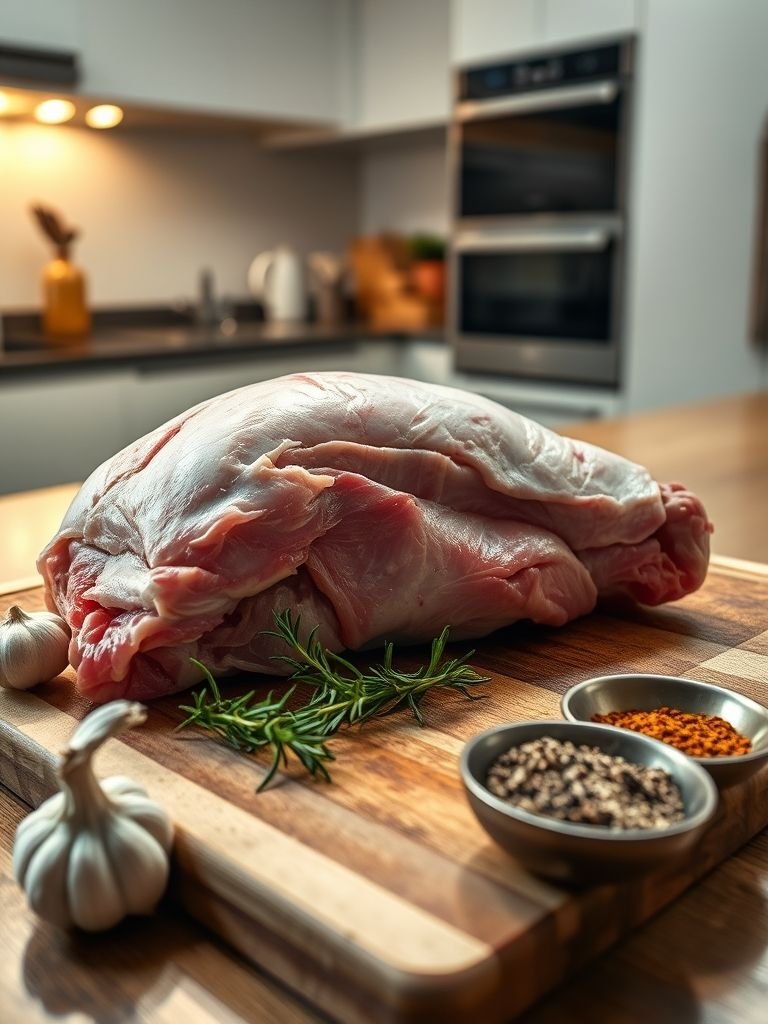
Slow-Cooked Pulled Pork Shoulder
Ingredients:
- 4–6 lb thawed pork shoulder
- 2 tbsp paprika
- 1 tbsp garlic powder
- 1 tbsp onion powder
- 1 tbsp brown sugar
- 1 tsp salt
- 1 tsp black pepper
- ½ cup apple cider vinegar
- 1 cup BBQ sauce
Instructions:
- Mix all dry spices together and rub onto the pork shoulder.
- Place in a slow cooker with apple cider vinegar.
- Cook on low for 8–10 hours or until the meat shreds easily with a fork.
- Remove from cooker, shred, and mix in BBQ sauce.
- Serve on buns, tacos, or over rice.
Final Thoughts: Defrosting Pork Shoulder the Right Way
When it comes to defrosting pork shoulder, patience pays off. The refrigerator method is the gold standard, but cold water is your best bet if you’re in a rush. Skip the microwave unless absolutely necessary, and never defrost on the counter.
With these tips and methods, you’ll have perfectly thawed pork shoulder ready to cook into something amazing—whether it’s smoky pulled pork, a savory stew, or a showstopping roast.


